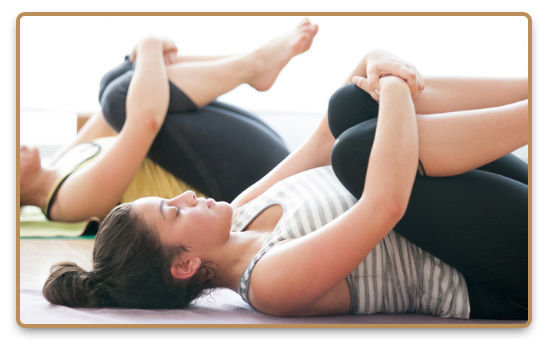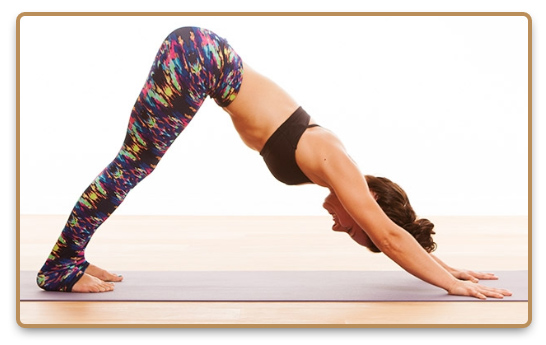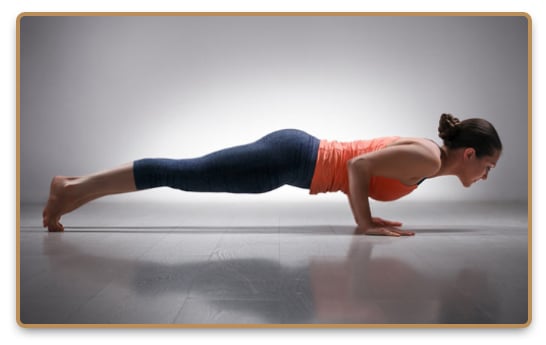
03 Feb Power Yoga
Definition
Power yoga is a category of related yoga styles stemming from the teachings of Ashtanga yoga master, K. Pattabhi Jois. It makes use of many of the vinyasas of his four main posture series, but has a much less-rigidly structured sequence.
There are many different schools and given its flexibility in the poses it utilizes, it can often create varied classes that may be a bit more popular to the general public, especially in America. Much of the focus of power yoga seems to be the use of asanas as a form of exercise, making this among the most rigorous forms of yoga. A lot of gyms have adopted it as an umbrella term to emphasize that it is an exercise-focused yoga class.
Power Yoga: The Fitness-based Style
Power yoga is said to have been developed in the 1990s by two students of K. Pattabhi Jois, Bryan Kest and Beryl Bender Birch. Both were based on separate coasts of the US and created the style independently of each other. Though both originally studied through different yoga masters, they spend a period under the direct tutelage of Jois. They decided to try to make yoga more exercise focused and emphasize its ability to improve flexibility and strength.
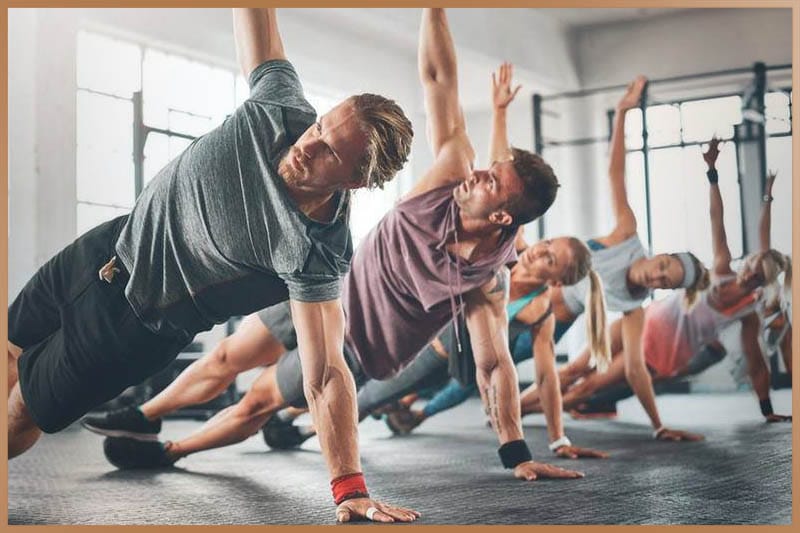
It has itself spawned its own offshoot styles often mixed with Bikram yoga, including Baptista Vinyasa Power yoga and CorePower yoga, and Rocket Yoga. Despite its popularity, it has been criticized by many yoga traditionalists and even Jois himself. He stated in a letter to Yoga Journal in 1995, in an attempt to distance his ashtanga yoga from power yoga, that power yoga is incomplete, focuses too much on ego-driven goals, and is merely “ignorant bodybuilding”.
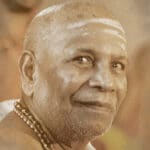
The Ashtanga yoga system should never be confused with “power yoga” or any whimsical creation which goes against the tradition of the many types of yoga shastras (scriptures). It would be a shame to lose the precious jewel of libiration in the mud of ignorant bodybuilding.
Practice
Power Yoga is Based Upon the General Ideas of Ashtanga Yoga
Power yoga is based upon the general ideas of Ashtanga yoga, so it shares many principles with its predecessor. Unlike Ashtanga yoga, it puts the choice of asanas and sequencing in the hands of the individual teacher. It is generally vinyasa-based, meaning it is structured through a series of different poses in succession.
It will often incorporate sun salutations as a warm up and move on to more balance-focused postures.
See How to Practice Power Yoga with a simple device.
Often it moves on to back bends and core exercises, before going into inversions, then calming down with hip-openers. Classes typically end with a cool down postures, the most common being savasana, or corpse pose. Proper breathing is usually stressed.
The Power Yoga is Not Merely Exercise
Power yoga teachers have gone out of their way to stress that power yoga is not merely exercise and can very easily facilitate the other seven limbs of yoga beside the asanas: “yama”, or moral codes; “niyama”, self-purification and study; “pranayama”, or breath control; “pratyahara”, or sense control; “dharana”, or concentration; “dhyana”, or meditation; and “samadhi”, or contemplation.
Bryan Kest, for example, stresses that it is primarily about overall health, not fitness. His yoga program incorporates tips for meditation, improving mental and spiritual health, and diet advice. Books such as Beryl Bender Birch’s Beyond Power yoga: 8 Levels of Practice for Body and Soul shows ways in which students of power yoga can explore beyond its strength as a type of exercise to realize the full benefit of a yoga practise.
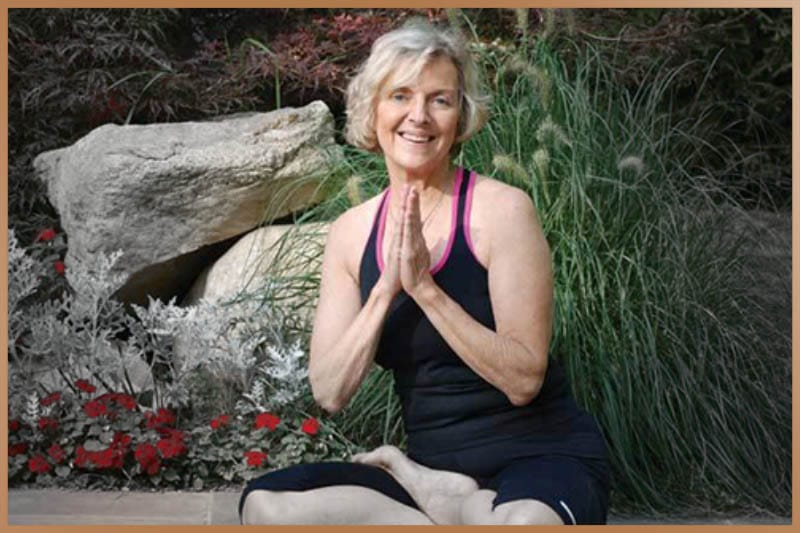
Benefits and Risks
Power Yoga as Exercise
With i’s focus on continuous movement, vigorous vinyasas, and strength, power yoga can be viewed as an effective form of exercise and is offered in many gyms around the world. Teachers claim that a regular power yoga practise can increase flexibility, balance, core strength, and stamina. It can be considered a cardiovascular exercise.
When combined with a healthy diet, it can potentially help with weight loss and increase muscle tone. Some claim that it can increase one’s metabolism, especially when used as a supplement to regular cardiovascular exercise.

Start practicing today
The Egely Wheel is trusted by thousands of people who practice yoga, telekinesis, meditation and healing. This device is the best solution for measuring your energy flow and efficiency of healing, and you get instant feedback.
Power Yoga Can Help Keep One’s Mind Sharp
Studies have shown that a regular ashtanga yoga practice can help keep one’s mind sharp. Due that both power and Ashtanga yoga involve intense concentration to complete many of the movements, it is natural to assume that both can help improve one’s coordination and balance.
Another study has shown that yoga can also improve a general sense of well-being and short-term memory. Again, this was not directly studying power yoga, but given its similarity to Ashtanga practices, it may have similar effects.
Power Yoga Can Treat a Variety of Emotional and Mental Disorders
Yoga in general is being used as a supplementary therapeutic practice that can treat a variety of emotional and mental disorders. Some researchers have looked into the possible use of a regular yoga practice as a type of therapy for emotional or mental problems.
Studies suggest that it can be effective in reducing anxiety or depression, though the study did not look specifically at power yoga.
Extreme Poses May Cause Injuries
Power yoga does not progress at the careful pace as the more structured Ashtanga yoga, so there is a chance that students may be encouraged to complete poses their bodies are not fully prepared for. This can lead to injury. Teachers such as Larry Schultz take a priority in opening the joints before moving on to more extreme poses to reduce the dangers of injury.
Given that it is a more exercise-based and intense form of yoga, it is not recommended for people who suffer from arthritis, pregnant women, or those who are not at least somewhat fit.
13 Sources +
Egely Wheel has strict sourcing guidelines and relies on peer-reviewed studies, academic research institutions, and medical associations. We avoid using tertiary references.
- A letter from Sri.K. Pattabhi Jois to Yoga Journal, Nov. 1995 – http://aylibrary.blogspot.com/
- Ashtanga Yoga Background – http://www.ashtanga.com/
- Power Yoga: The Ultimate Mind Body Exercise – https://poweryoga.com/
- Special supplement: Yoga and mental health – https://pubmed.ncbi.nlm.nih.gov/
- The effects of Ashtanga yoga on autonomic, respiratory and cognitive functioning; psychological symptoms and somatic complaints: A controlled study – https://search.proquest.com/
- Beyond Power Yoga: 8 Levels of Practice for Body and Soul – https://www.amazon.com/
- Science Proves Ashtanga Yoga Is Good for You – https://www.doyou.com/
- The 5 Pillars of Baptiste Power Vinyasa Yoga – https://www.verywellfit.com/
- CorePower Yoga Franchise Review – https://www.verywellfit.com/
- Power Yoga History and Health Benefits – https://www.verywellfit.com/
- What’s a Typical Power Yoga Sequence? – https://www.yogajournal.com/
- Power Yoga Tips + Advice – https://www.yogajournal.com/
- Larry Schultz Yogi Teacher – https://www.yogitimes.com/
Discover more types of Yoga
Zen Yoga
Zen yoga is a holistic yoga practice that blends together hatha yoga with an increased focus on Buddhist philosophies. Learn more...
Yin Yoga
Yin yoga is a type of hatha yoga mixed with daoist philosophy that focuses on the holding of asanas for longer periods of time without props. Learn more...
Vinyasa Yoga
Vinyasa yoga is a term used to describe a variety of yoga styles that utilize continuous movement instead of holding positions for long periods. Learn more...


